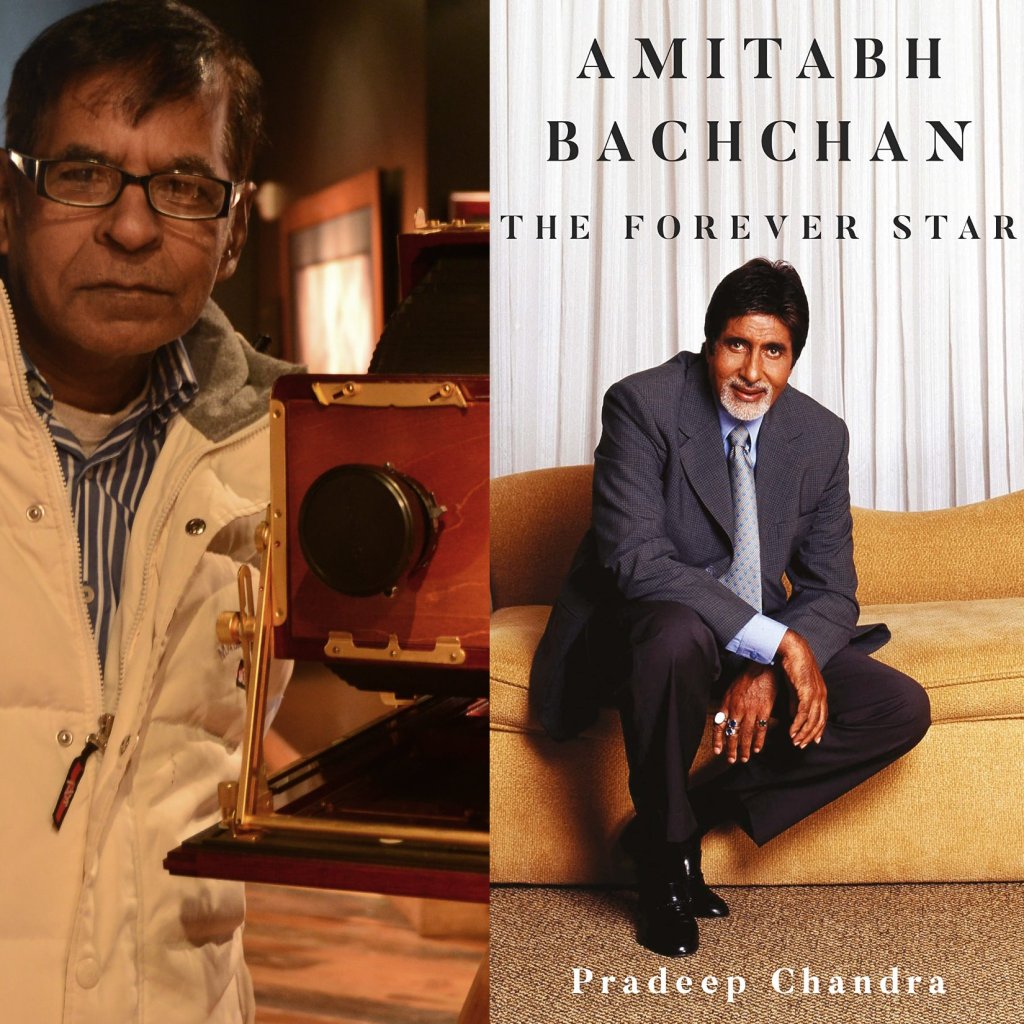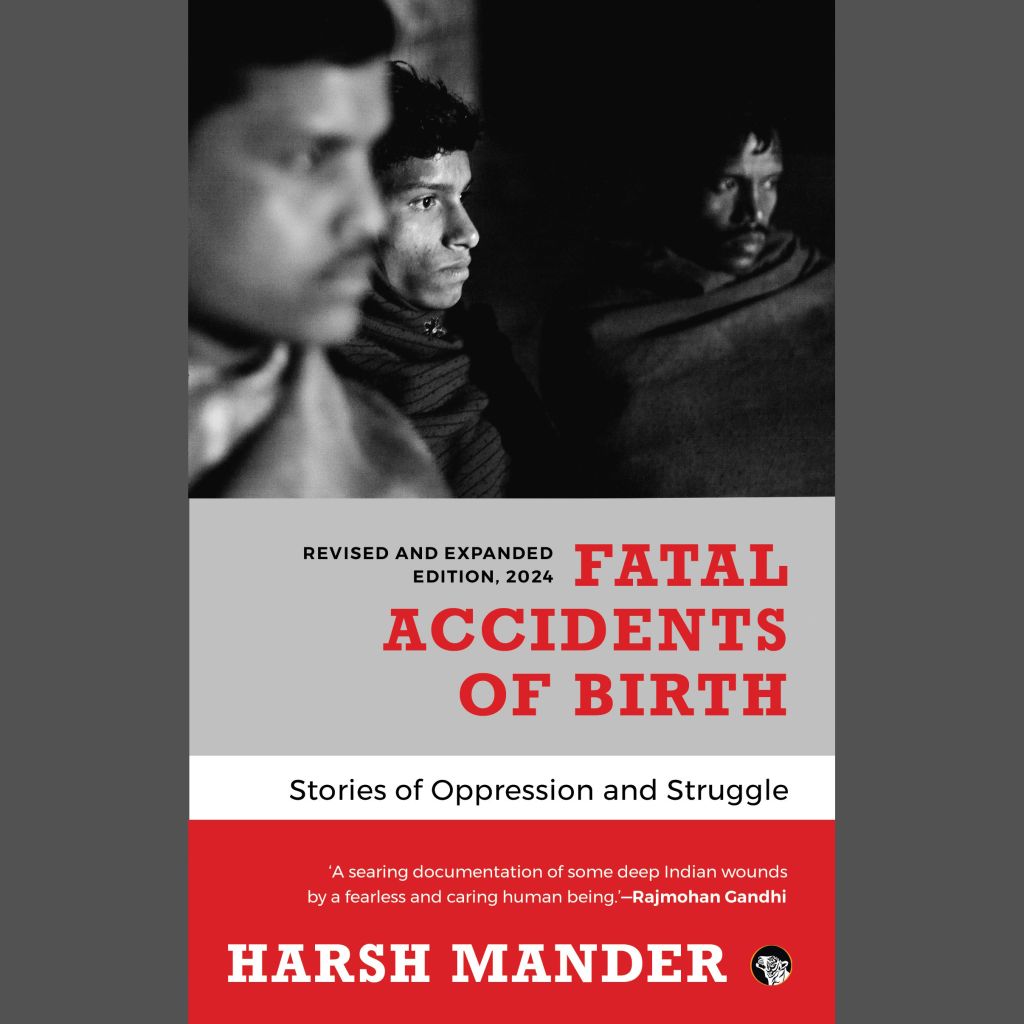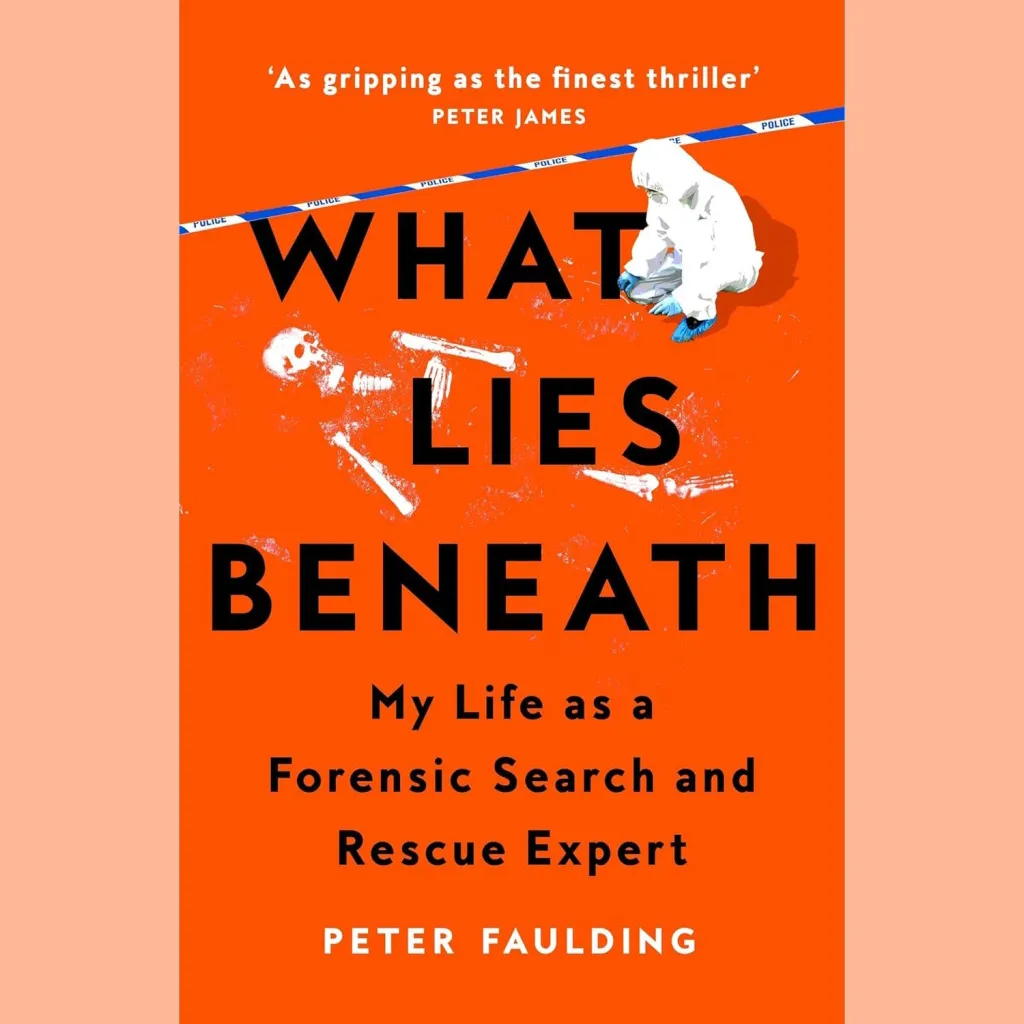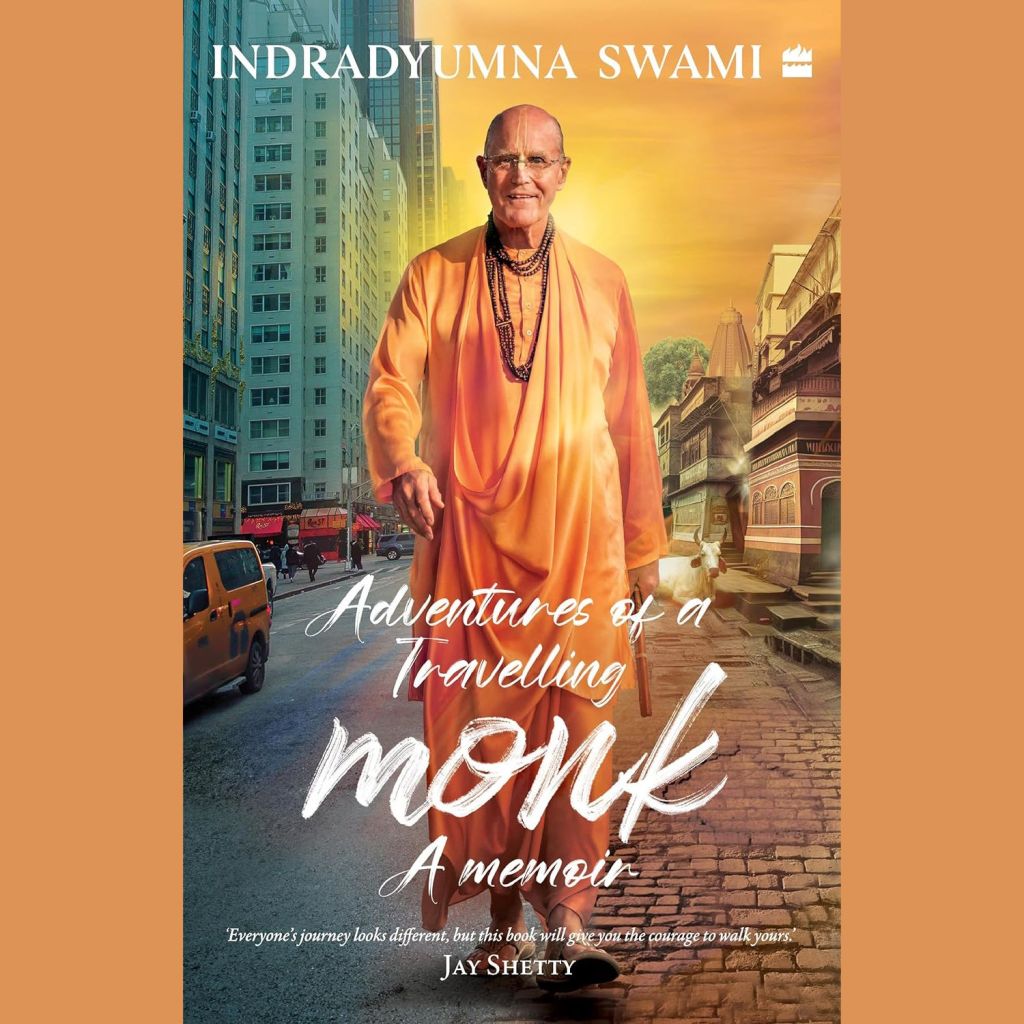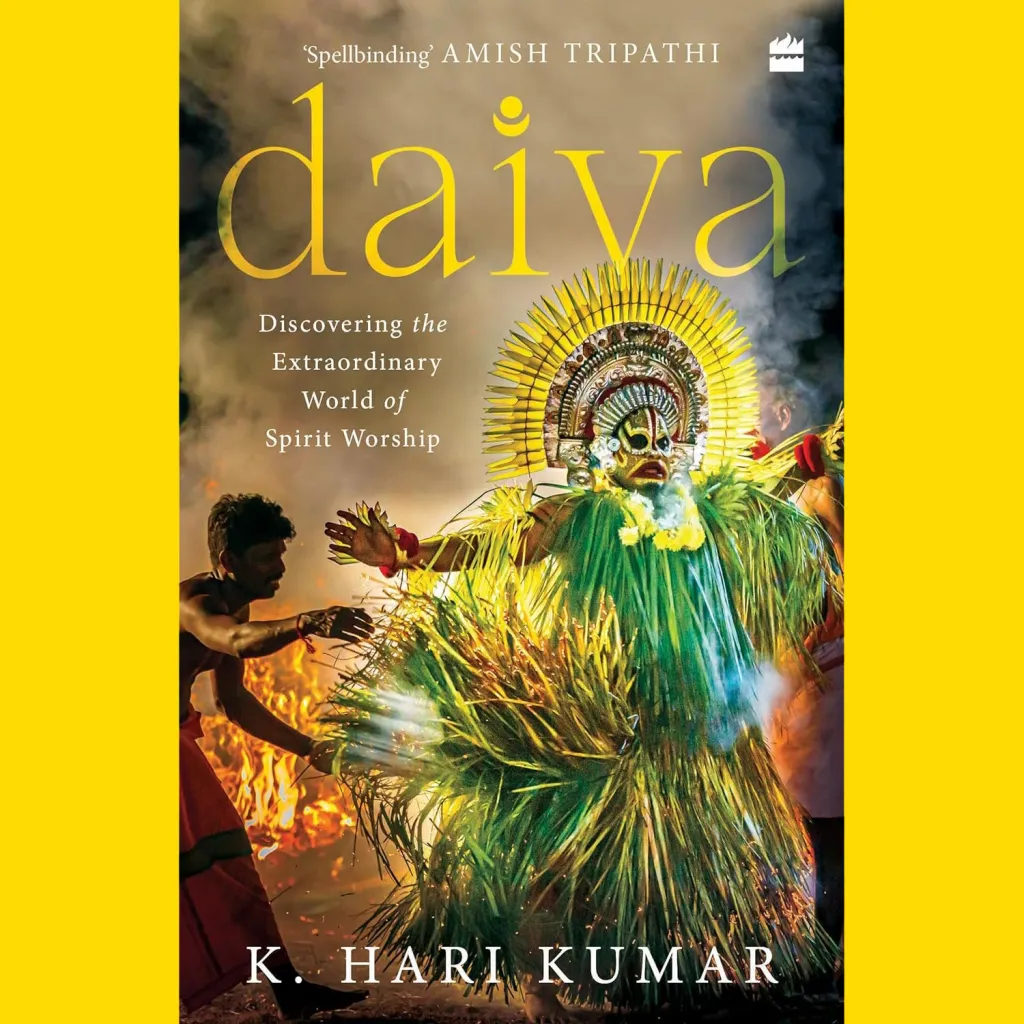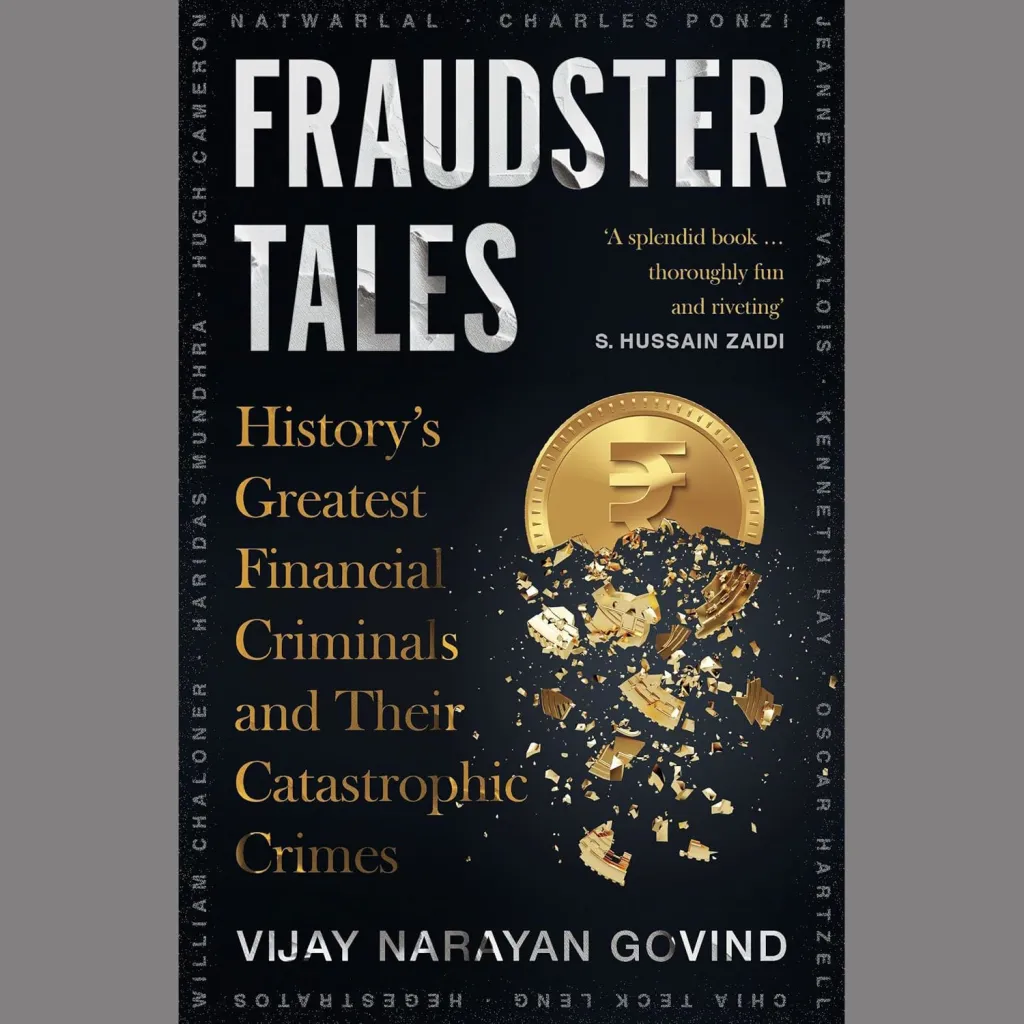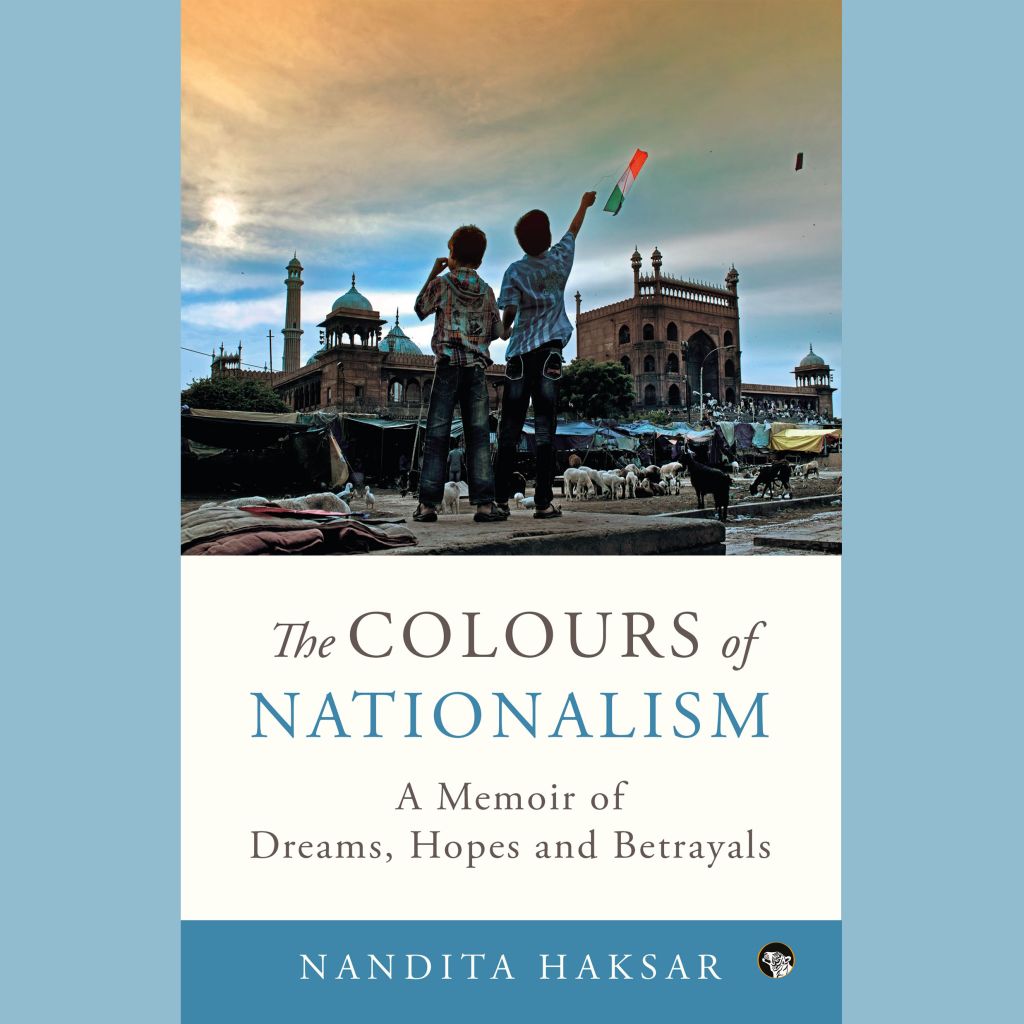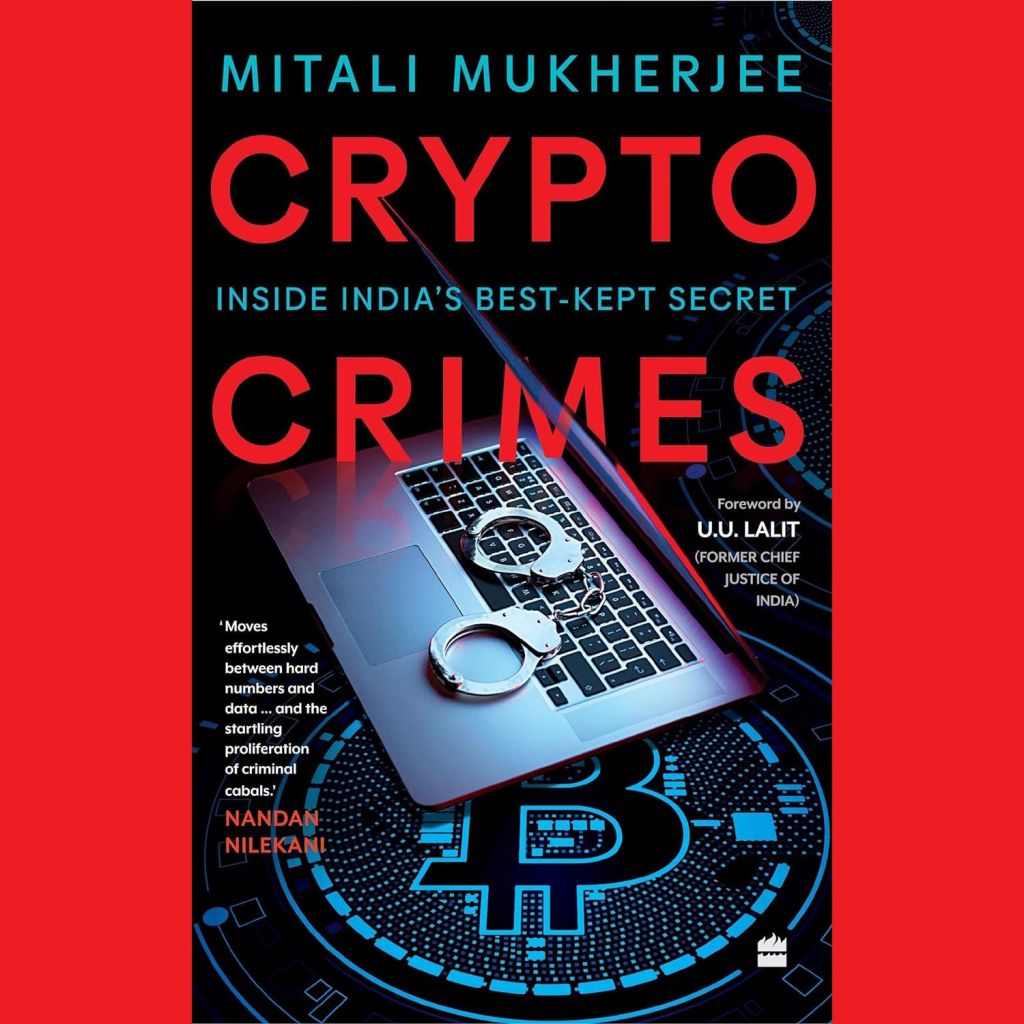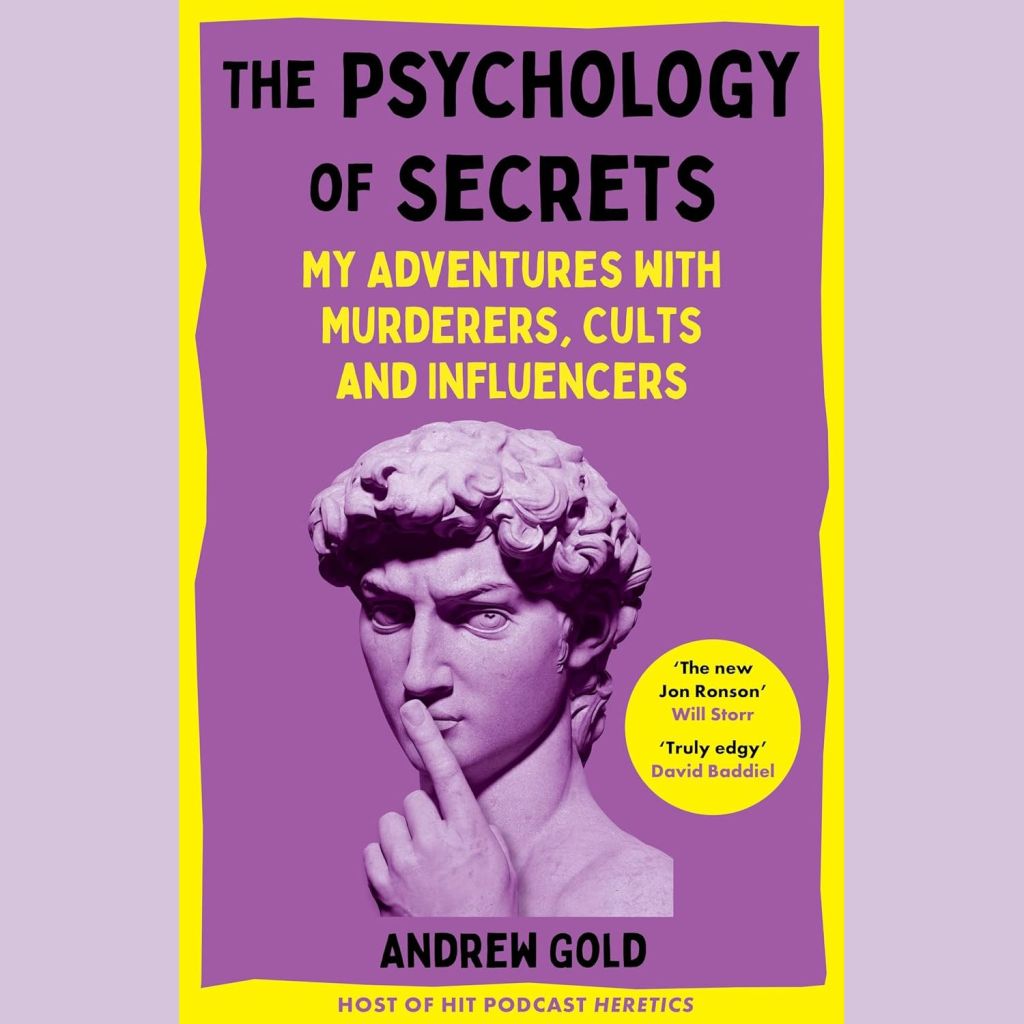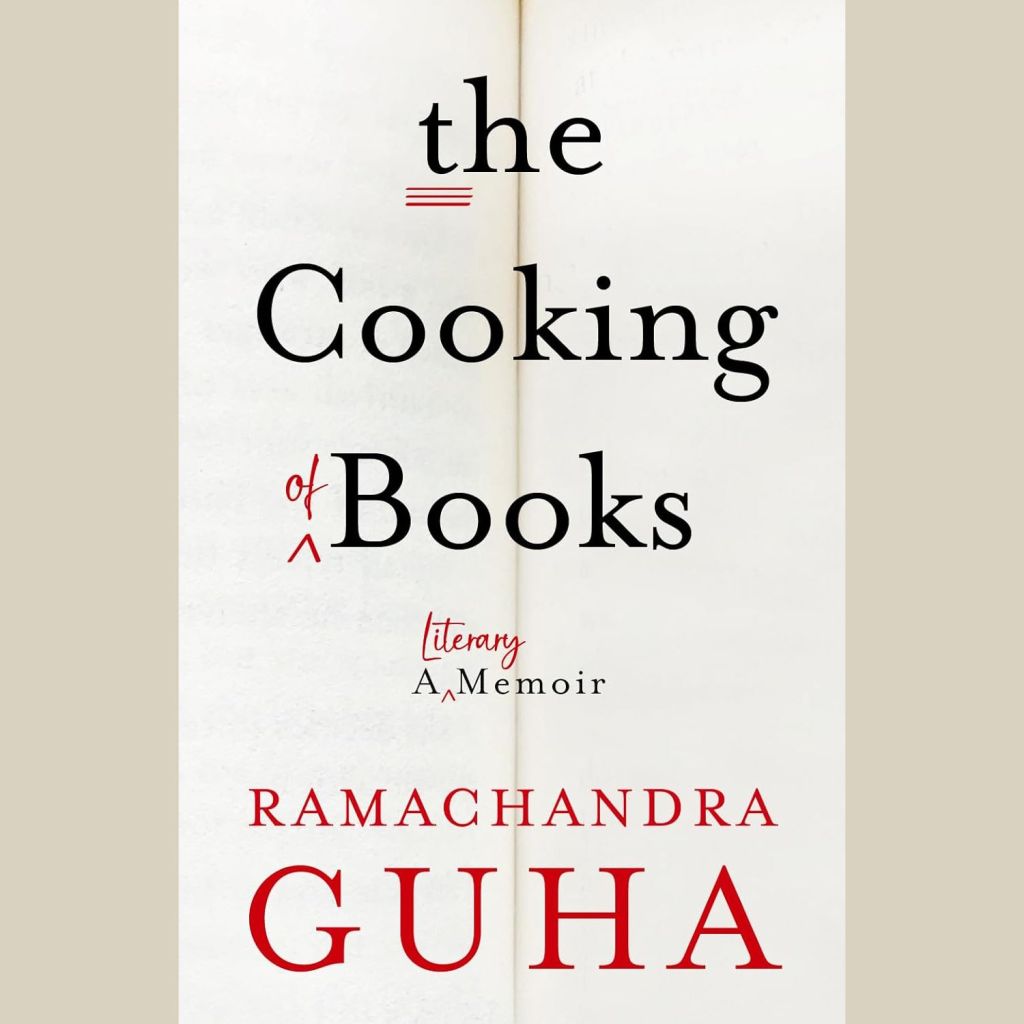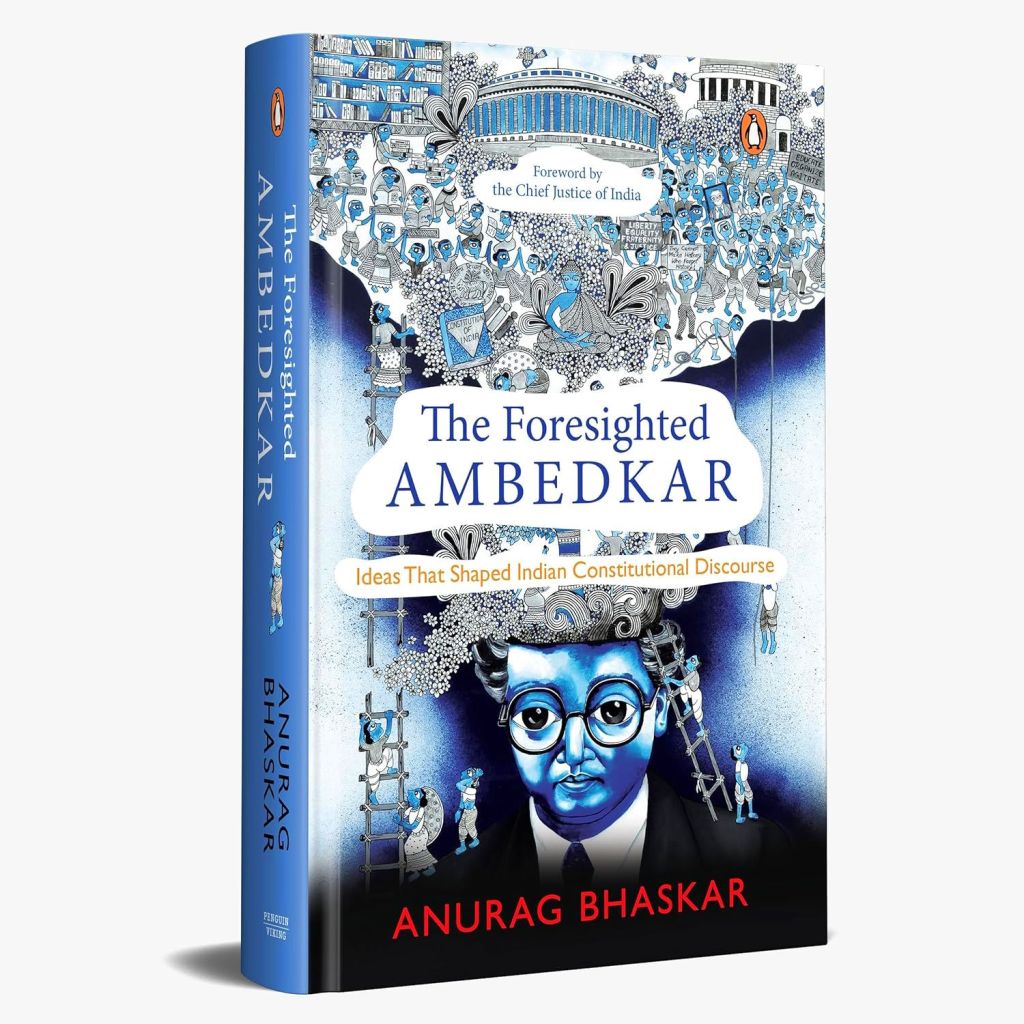Based in Bombay, Pradeep Chandra is a senior photojournalist who has worked with the TOI for 25 years. He has also worked for a host of other newspapers and magazines and is the author of five books, three of which are on megastar Amitabh Bachchan. His latest book, Amitabh Bachchan: The Forever Star, was released in November last year. We speak to Pradeep about his work as a photojournalist and an author, his books and the experience of working with AB.
How did you get started with photojournalism? Tell us more about the journey. What have been some of the major highlights and interesting moments for you in the last four decades?
My first photograph, of Waheeda Rehman, was published in Filmfare when I was still in school. I shot that photo on the sets of Shankar Mukerjee’s film Baat Ek Raat Ki. Later, that photo also appeared full-page in Madhuri. While I was attracted to films, I always wanted to work with a newspaper because I loved reading the photographer’s name in daily newspapers, The Hindu Sunday edition and magazines like The Illustrated Weekly of India, Dharmyug and Saptahik Hindustan. I started as a stills photographer in Bombay, in Do Raaste and Mera Gaon Mera Desh, on Rajesh Khanna’s recommendation.
I later moved to Delhi and worked with Delhi Press and freelanced for Saptahik Hindustan, Junior Statesman and other magazines. Did pocket book covers – mainly Hindi pocket books – for almost all publishers. Returned to Bombay in 1980 and worked with Free Press Journal, The Indian Post, The Indian Express, The Week, The Illustrated Weekly of India (when Pritish Nandy was the editor), The Independent, and finally Bombay Times. I was a stringer with AsiaWeek (HongKong) for 12 years and also used to freelance for South China Morning Post and a few International magazines and newspapers.
The most interesting part of my job was, I could meet one to one with people like JRD Tata, Dhirubhai Ambani, Indira Gandhi, Mother Teresa, Dalai Lama and Bill Clinton. Dev Anand ,Raj Kapoor, Dilip Kumar – every day was a new face, and a new situation to photograph. Congress Centenary, South Asian Federation Games, the World Cup… and the list goes on. I have done an exhibition on our 50 years of Independence, The Alien Insiders documentation on the plight of Kashmiri Pandits, Haveli Dreams on Shekhawati, Tribute to Amitabh Bachchan on his 61st birthday, which he inaugurated, and many more.
You must have seen a lot of change in the last 20+ years, in journalism / photojournalism. What is your take on these changes?
Unfortunately the changes in the last 20 years, be it photography or journalism, have not been very positive. Everything has become too commercial. It all started with Bombay Times when one fine day the response department decided that BT functions coverage has to be paid for, which later was followed by almost all media houses.
Tell us about your latest book, Amitabh Bachchan: The Forever Star. How did the idea for this book come about?
I have done two books on Amitabh Bachchan earlier. First, AB The Legend: A Photographer’s Tribute, which was published by Rupa & Co. but is out of print now (though still available on Amazon). The second, Amitabh Bachchan: A Kaleidoscope, with Vikas Chandra. I was keen to do a book for Amitabh’s 80th birthday and approached Javed Akhtar to write a piece on him, for which he agreed. Then, I have reproduced a piece written by Shobha De published in my earlier book. Dolly Thakore, with whom Bachchan had done a play when she was studying at Miranda College, also wrote a piece for my book. When I met publisher Vikas Rakheja, he was open to publishing this book and that’s when I took it seriously. The Forever Star has been published by Amaryllis and has a brilliant cover shot by ace photographer Vikram Bawa.
How was the experience of shooting still photographs of the legendary Amitabh Bachchan for your book?
I haven’t shot pictures of Bachchan ji recently but yes when I was working with TOI group, he was always cooperative. I have a good collection of his images and also fellow colleagues were helpful when I wanted the pictures. I managed to find a school friend of his, Inderjit Khanna, who lives in Jaipur and got some school pictures from him, so overall it worked well and the production quality of the book is excellent.
When I gifted a copy to Anand Pandit, the filmmaker who also produced Chehre with Bachchan ji, he liked the book so much, he immediately called his secretary and asked him to order 50 copies. He loved it! When I met Bachchan ji the other day and asked him about the book, he said he also liked it. He is accessible but there has to be a reason to meet him. His office is very prompt in replying. At 80, he is still super busy – the only actor who is so much in demand. Dev Anand too was active till he lived, but in his case, Dev Saab was loved by everyone but no one was interested in the movies that he made in the last 20 years.
Lots of memories of Bachchan ji, his photoshoots and interviews. Even when he was very busy, he would say if its urgent send me the questionnaire and I will reply on mail. Once when I wanted to do a shoot in a taxi, he agreed and said come at 6.30 p.m. On second thoughts, I realised it would be dark by then, so called him up and he agreed for 5.30. Instead of a taxi shoot we decided to take a boot polishwalla and made him sit under a tree near Bachchan ji’s house. When he asked ‘taxi aa gayi?’ we told him ‘aapko joota polish karvana hai.’ He said ‘arre, ab vo kahaan jaayenge?’ I said he is sitting right outside. He agreed and got his shoe polished. One journalist who was passing by asked me next day, ‘Pradeep you were shooting a duplicate of AB outside his home? I saw you shooting.’ Some passers-by also took him to be duplicate or whatever – I don’t know – but none stopped or asked for his autograph! Amitabh Bachchan – there’s no one like him, honestly. He takes his work so seriously, he’s always on time and never fails to acknowledge messages.

On what basis do you choose the subjects for your books – Amitabh Bachchan, MF Husain, Amir Khan? Are these actors / artists people whose work you particularly admire?
The first thing is, I should have a lot of pictures of them shot by me! MF Husain I admired very much for the way he worked in his life. He was very fast, energetic and restless. We had decided to do a book together but then it didn’t happen since he left the country. Husain Saab, Amitabh Bachchan, Pritish Nandy, Shobha de and Dev Anand are some people whom I greatly admire. As for Aamir Khan, it was my publisher TulTul Niyogi who suggested his name, hence I wrote the book. It’s published in English, Hindi, Turkish, Chinese and also as an audio book.
What kind of books do you personally enjoy reading? Any books on photography? Any favourite books? Favourite authors?
Photography books are more to be seen than read. I am a great admirer of Henri Cartier-Bresson and have his books in my collection. Raghu Rai’s Taj Mahal is all-time favourite. I am a great lover of art – F.N. Souza’s Temple Dancer, Krishen Khanna’s Woman With a Basket of Fruit, Bikash Bhattacharjee’s At a Social Gathering, Ram Kumar’s landscapes.
Sarat Chandra Chattopadhyay, a Bengali writer, is also one of my favourites. Yashpal’s Shinghavlokan I have read dozens of times in the last 20 years. Irving Stone’s Lust for Life also remains one of my favourites. I have a good collection of books on various subjects, and some photography magazines.
For your photography work as a professional, what kind of camera equipment do you use? Do you ever miss using film, for still photography?
I have always been a Nikon man – from the Nikkormat to the Nikon D800 that I presently use. Two lenses which I use frequently are 24mm and 80- 200mm zoom. At times 20mm too. I was one of the first to use digital, which was made by Kodak specially for AP. Yes, I was used to film photography but I’m quite comfortable with digital too. At some point, once in a while, I feel like if only I could use a film camera. But it’s not very practical now – can’t find labs to process and print. Is film better? Both [film and digital] have their own advantages. I won’t say film was better as such.
What is the next book that you intend to write? Anyone you have in mind, on whom you’d like to do a coffee table book?
I have few people in mind. Let’s see. J P Singhal, Pritish Nandy, Gulzar, Javed Akhtar, Mahendra Kapoor and some other people I have met. Also depends on publisher.

With Pradeep Chandra’s kind permission, here’s an excerpt from his book, Amitabh Bachchan: The Forever Star
The common perception may be that the angry young man was born with Zanjeer, but the actor himself feels the seeds of such a character was sowed in Hrishikesh Mukherjee’s Namak Haraam itself. An adaptation of Jean Anouilh’s Becket, the film has Bachchan pitted against the reigning superstar, Rajesh Khanna. Bachchan overshadowed him with his stellar performance in the film. Winning the Filmfare Award for Best Supporting Actor for the film was a vindication of this fact.
Bachchan plays Vicky, an industrialist’s son, in Namak Haraam. Rajesh Khanna, as Somu, is his best friend. Set in the backdrop of trade unionism highly prevalent at that time, the film is about the strife that develops between the friends. As the film unfolds, Somu joins the workforce at Vicky’s factory to avenge the trade union leader who had insulted his friend, Vicky. Things however turned sour between the friends when Somu is moved by the plight of the workers and becomes a part of their struggle as their leader. Vicky feels betrayed. Besides, he is being brainwashed by his father against Somu’s intentions. A commentary on capitalism and a gap in the distribution of power in society, the film ends with Somu being beaten to death by his own colleagues because of a falsehood perpetrated by Vicky’s father. It is after Vicky learns about his father’s role in the entire episode that he turns into the angry young man. Hrishikesh Mukherjee is said to have spotted Bachchan’s on-screen intensity earlier on when he worked in Anand. He had admitted in an interview, ‘I realised the power and strength he could exude through a mere glance and his voice. And I cast him as an angry young man in Namak Haraam.’
Bachchan’s Shakti was a serious film, where he plays the son disillusioned by his father’s role of a stern police commissioner who puts his duty before family. Here, Bachchan exemplified the gloomy, indignant character in the most subtle way. He played opposite Dilip Kumar, an actor whom Bachchan worships. He said so in an interview. ‘Dilip Kumar has been an idol for me even before I started acting. And obviously it was great when I got an opportunity to work with him. He will always remain the ultimate actor for me. And I think whenever the history of Indian cinema is written, it will always be said, ‘Before Dilip Kumar and after Dilip Kumar.’ Despite his adulation, it has to be said that Bachchan matched his idol’s panache frame by frame in the film.
This persona of Bachchan transitioned into a softer, often, funny one in the years to come. He enacted a lot of roles in films where he played a crook, a don, gambler, an alcoholic, but he was still accepted by the audience with open arms because he was all that, but in the end, a man with his heart in its place. Be it films like Amar Akbar Anthony (1977), Parvarish, Hera Pheri, Muqaddar ka Sikandar (1978) or Naseeb (1981) between Manmohan Desai and Prakash Mehra, they ensured that Bachchan etched his role as a mass entertainer. His entry in the film was welcomed with whistles and applause. Men were dressing like him and sporting his hairstyle with gay abandon. His dialogues became the talk of the town and are still mouthed with the same fervour as they were when the movies were released years ago.
The serious, angry young man even gave in to the need of the story and resorted to song and dance numbers, much to his own astonishment. Senior journalist and former Editor of Filmfare, Rauf Ahmed says it was an incredible achievement for a man who had wondered how he would ever do the kind of things a Hindi film hero did before the camera. Bachchan had once said, ‘I used to spend most of my time watching film shootings at various studios. Once I watched Manoj Kumar shooting a dance number for a film called Pehchan (1970) at the Sun ’n Sand Hotel. I felt perturbed just looking at him do those strange movements! That night I kept asking if I would ever be able to do all this. Will I be able to prance uninhibitedly in front of so many people? That night I even contemplated returning home. But I stayed on…’
During the shooting of Apna Paraya, the late choreographer, Kamal Master, was said to have found Bachchan’s dance movements awkward. The criticism egged on Bachchan to work on his dancing skills more seriously. ‘During Don, which was released in1978, I rehearsed at least twenty times for each shot, and I re-did each shot again and again,’ he once said. Not surprisingly, the ‘Khaike paan Banaraswala’ number from the film sung by Kishore Kumar went on to become a super hit. It even won him a compliment from the celebrated choreographer, Saroj Khan. According to Bachchan, Saroj Khan would go to the theatre everyday just to see Amitabh dancing to the song and leave after that.
It seemed as if the entire world was hooked on to Bachchan’s movies. In the early 1980s, Sarfaraz Manzoor of The Independent London, wrote, ‘My family would watch Indian films on most weekends. My father would rent a VCR player for £5 and we would choose three films to watch. They would almost always be Amitabh Bachchan films. His films helped connect the generations: no matter what else we disagreed about in my family, when Bachchan was on the screen, we would all watch as one, united. Bachchan also made you believe that one man was genuinely capable of changing the world.’
Another example of the Bachchan mania was recounted by Preeti and Kirti from Delhi. they remembered how their dad, Dr Prakash Chandra Beohar, was a huge fan of Bachchan. He used to hire a VCR whenever he had free time and the films to be watched would always be three Bachchan films. He would sit alone and watch the film but during the climax of the film when the time came for Bachchan to bash up the villains, he would shout out to the girls to join him by saying, ‘Bachchon, aa jao, paise vasool karne ka time aa gaya.’
One wonders what made the tall, lanky guy, who almost created history with his popularity, tick? Rauf seems to have the answer to this inscrutable mystery. ‘What is it that made an actor with an unconventional demeanour – unconventional in the sense that he wasn’t among the Greek Gods emerging from the wheat fields of Punjab – scale awesome heights? In one word: talent,’ he said, without mincing words.
Amitabh Bachchan: The Forever Star is available on Amazon
More Stories:
adventure advertising Apple astrology audiobooks Banaras best-of lists Bombay book marketing business Calcutta cheap reads cityscapes corporate culture crime design fiction food Hinduism hippies history India Japan journalism journalists libraries literary agents memoirs memories money Mumbai music my life with books Persian photojournalism publishers publishing religion science-fiction self-help technology travel trends Varanasi wishlists

